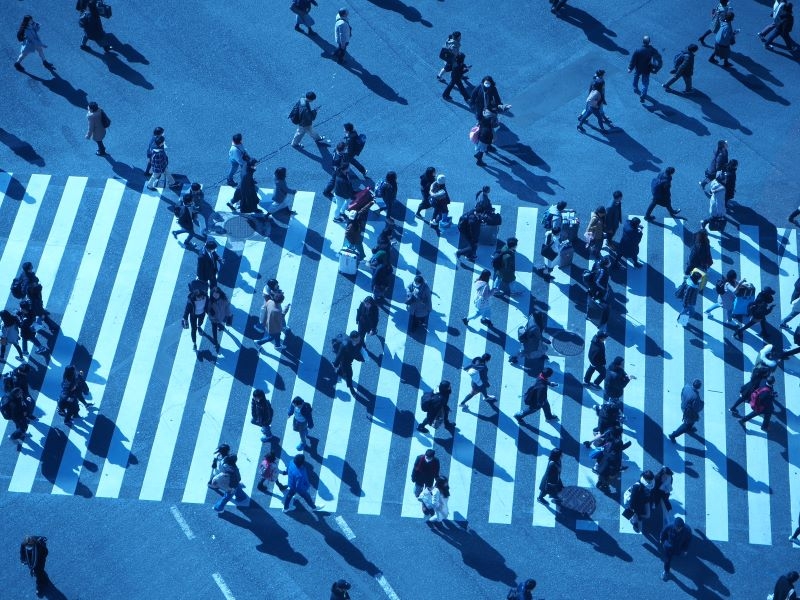- Joined
- Mar 29, 2016
- Messages
- 16,195
- Reaction score
- 9,642
- Can others edit my Photos
- Photos NOT OK to edit
- Moderator 🛠️
- #31
Something like this, I guess. Hah, it's really difficult to decide on one setting!
"No wrong no right, I'm gonna tell you there's no black and no white" from the song "One Vision" by the band "Queen".
Sums up the artistic differences in vision from one photographer to another. I prefer the "Blacks" in the edit by @D7K , to the blue black of your edit, but in the end the only image that counts is what you see as being right.








![[No title]](/data/xfmg/thumbnail/42/42359-17c2ddbbb8366896f948a571f6c09cac.jpg?1734176895)




